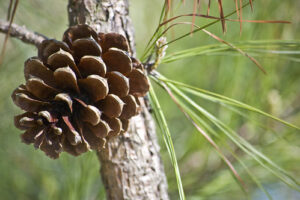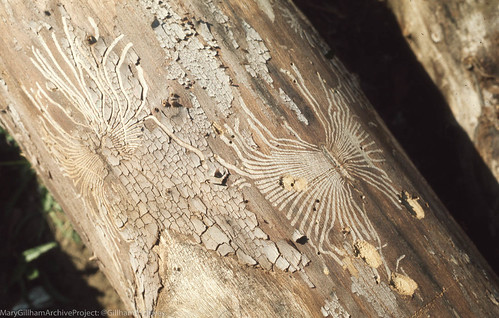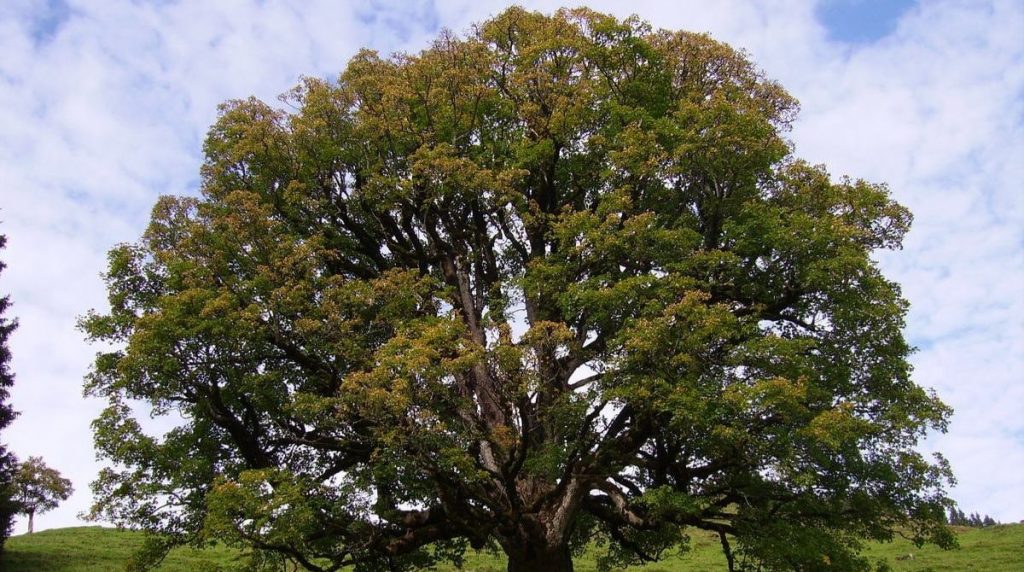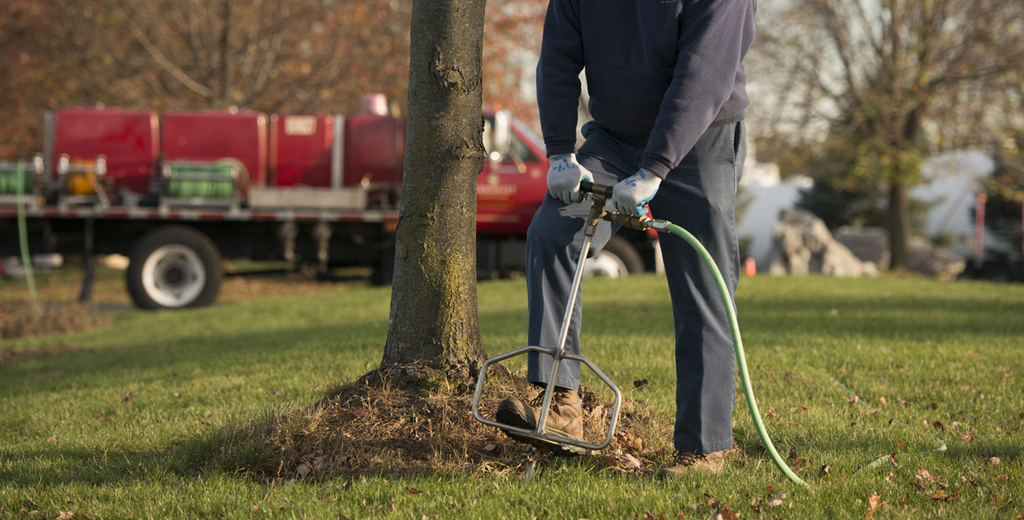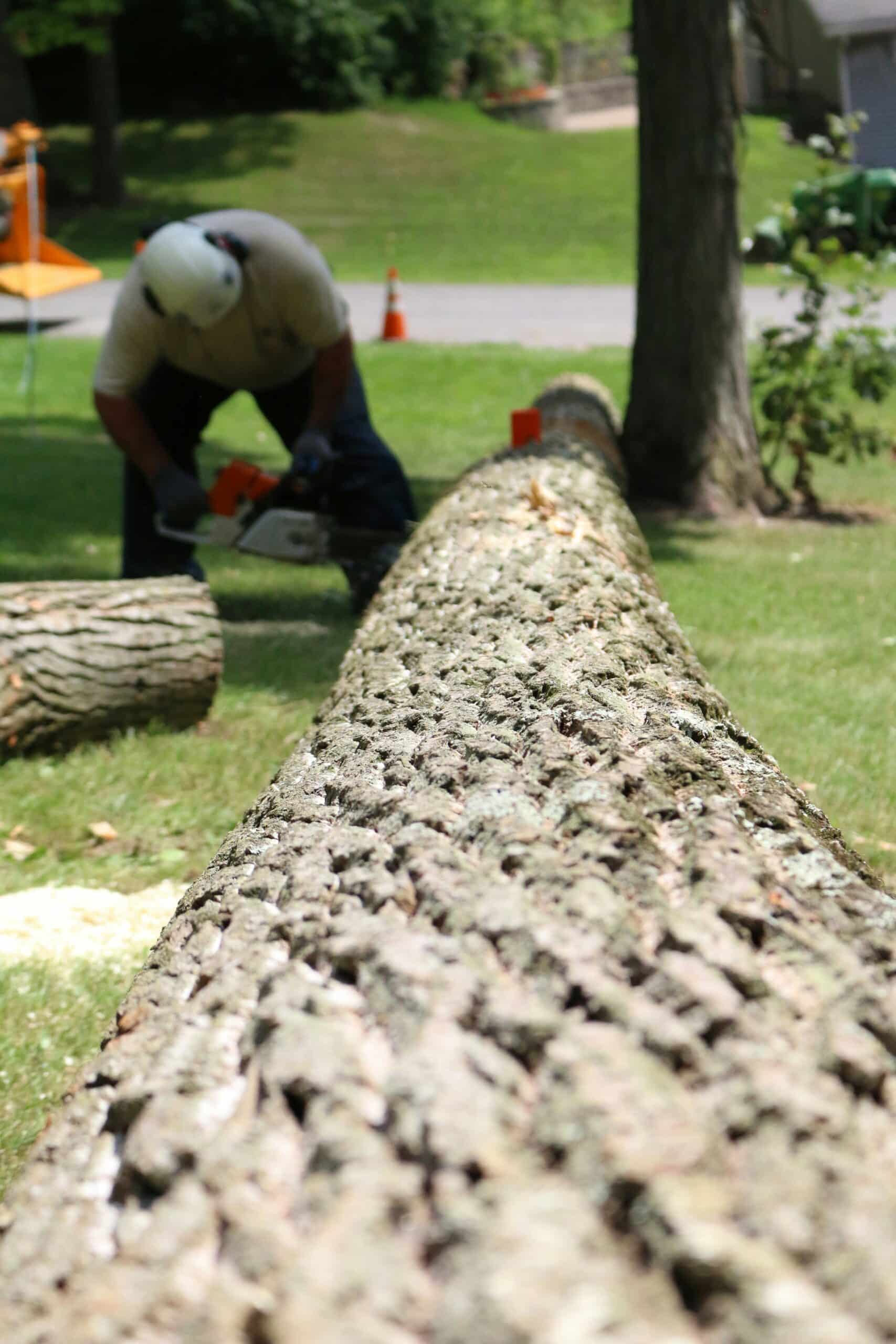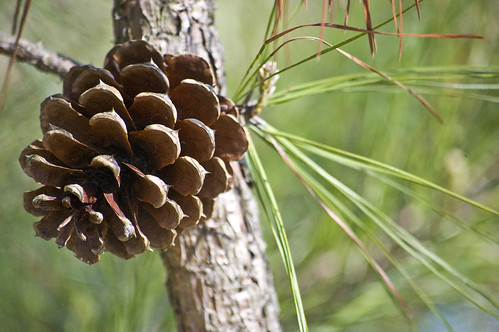
Date April 05, 2023
Loblolly pine trees are common in the eastern and southern United States. They grow large and are very adaptable, making them great trees for any landscape. Here’s an overview of the loblolly pine and how to care for it.
Characteristics of a Loblolly Pine Tree
Image via Flickr by anporter914
The loblolly pine tree is native to the East Coast and grows in habitats ranging from New Jersey to Texas. Its botanical name is Pinus taeda, and it’s also known as the bull pine, blue pine, and rosemary pine. Because it’s fast-growing, many choose this tree for their landscapes. It has dark green needles but sometimes grows yellow-green needles. This tree also produces pine cones that are 3 to 6 inches long.
Loblolly pine trees grow an average of 24 inches per year and reach heights of 60 to 90 feet. At its widest, a loblolly pine’s canopy can be 25 to 35 feet across. The tree’s size makes it useful for creating privacy. As a pine tree it also keeps its foliage year-round. Loblolly pines are also home to many types of birds and small rodents.
How To Care For a Loblolly Pine Tree
A loblolly pine tree is a great choice for North Texas landscapes because it performs best in humid summers and mild winters. Here are its requirements for health and maintenance:
Sunlight Requirements
This pine tree requires full sun, meaning at least six hours of direct sunlight. Loblolly pines are very adaptable and can survive in partial sun, but more sunlight is ideal. To ensure these trees get full sun, property owners should refrain from planting other large trees nearby or building structures that could block the sunlight.
Soil Requirements
The ideal soil for a loblolly pine is acidic, moist, sandy, and clay soil. This is why they are prevalent in the southern U.S. They prefer well-drained soil but can also survive some flooding and drought. If flooding does occur, property owners should take steps to drain the water.
Water Requirements
At first, a loblolly pine tree needs a small amount of weekly watering — 1 to 2 inches is sufficient. After it’s well-established, a loblolly pine tree can depend on rainfall. During a drought, those who care for this type of tree might need to water it when the surrounding soil is completely dry. While this tree can withstand some flooding, it’s best to avoid letting it sit in standing water, which can be damaging.
When overwatered, a loblolly might start to turn yellow but can still be rescued. Here are ways to fix overwatering.
Fertilization and Nutrition
During the first years of growth, a loblolly pine tree can greatly benefit from a high-phosphorus fertilizer that’s slow-release, meaning it deposits small amounts of nutrients over a long period. After a couple of years, fertilization might no longer be necessary. However, adding evergreen fertilizer to the soil around loblolly trees can help them continue to grow and look strong. Home and property owners can learn about tree nutrition to help maintain healthy trees.
For advice and assistance with loblolly pine trees, home and property owners can get in touch with the ISA-Certified Arborists at TreeNewal.
